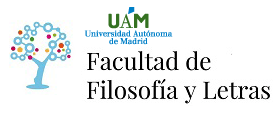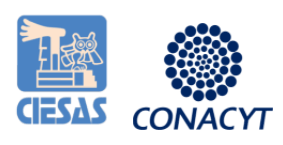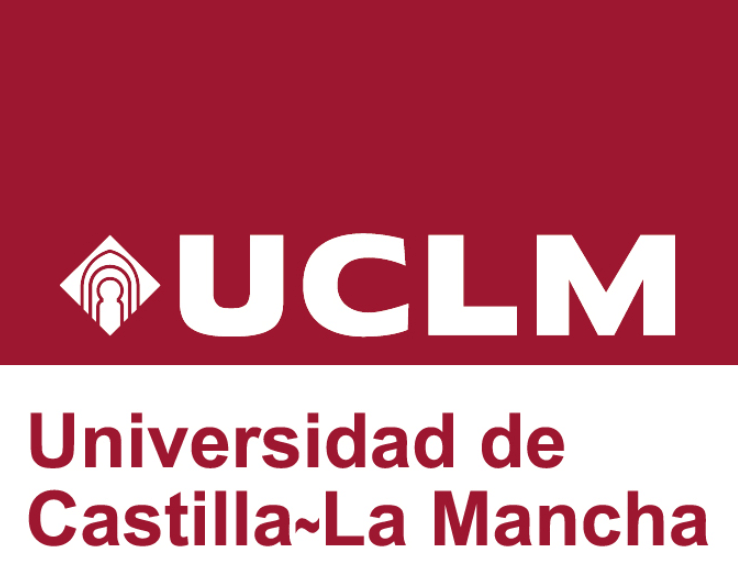CURATION AND APPROPRIATION OF OTHERS: DADAWA'S MOONRISE AND SA DINGDING'S ALIVE
Ever since world music (also known as global pop) emerged in western market in the 1980s, contention over space and influence of the music have reshaped much of the soundscape of the global music commerce. While a growing interest in promoting ethnic diversity and multiculturalism, cultural appropriation and mis-presentation persist, not only in the asymmetric relationship of the core and the periphery, but also in the cross-cultural interactions between nonwestern cultures. A study of the latter particularly requires a more nuanced approach that contextualizes the content, style, and practices that circulate across cultural sites. This study, focusing on two musical albums, Moonrise (2013 by Dadawa) and Alive (2007 by Sa Dingding), examines how cultural symbols of Others are appropriated in personal gain (Alive), and how a self-asserted curatorial role is played in defining the dynamics of intercultural relationship in a musical production (Moonrise). I'll examine these two albums from (re)presentational point of view and take a close look at the ways in which music is packaged and promoted and how they have shaped public perception and discourse. I argue that while accelerated globalization helps foster cross-fertilization in translocal music-making, cultural relations between super- and sub- groups are far from equitable.









